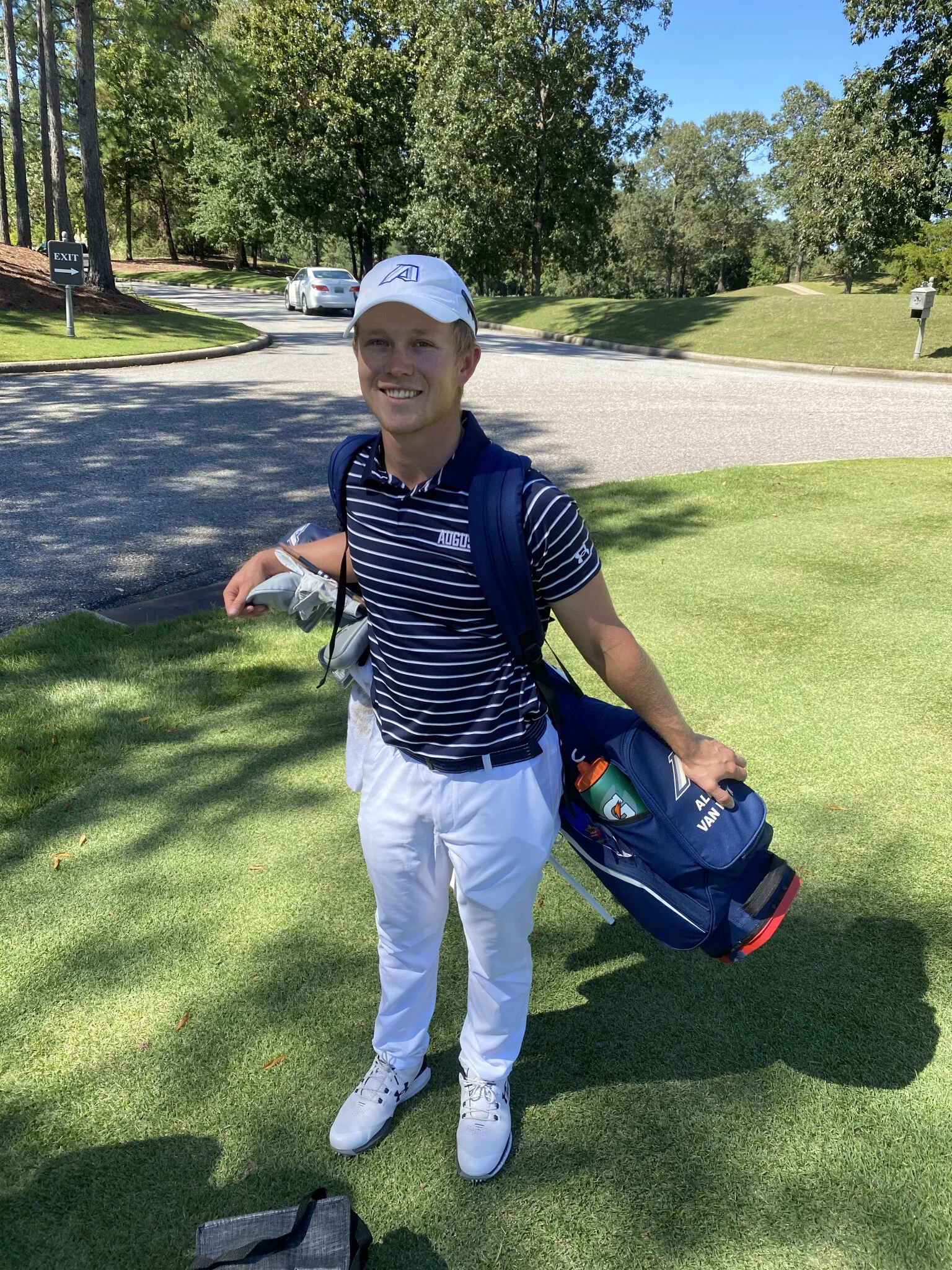The COVID Report with David Blake: How ventilation can end the pandemic
Friday, Oct. 2
Ventilation is the enemy of aerosol spread disease.
The aerosols are fine particles in the air, in the case of SARS-COV-2, small bits of water from respiration containing virions, that circulate until the air is changed. If you inhale them, you may become infected. How do we combat such a hidden enemy? Ventilation and CO2.
With each breath we take, we exhale CO2. The amount of CO2 in any room is the base level of CO2 in the air on earth, about 400 parts per million (ppm), plus the CO2 that is exhaled divided by the air exchanges.
In a small, indoor space with no ventilation, the CO2 levels will rise until the door or window is opened. Aerosols behave exactly the same way, except that not every person is exhaling infectious aerosols. CO2 can be used to identify risks spaces.
How do we do this? We simply use a CO2 meter, available for about $140, and portable. One meter can serve an entire campus.
At the end of each class, take a CO2 reading. If it is over 1000, there is a problem, and the ventilation in that room needs to be addressed. Systematic addressing of ventilation in large buildings can get each room under 600 ppm.
And that is the level at which tuberculosis outbreaks can be stopped. Tuberculosis is a bacterial infection spread primarily through aerosols.
If you find a room where increasing ventilation is impractical but people are still going to be in there, air filtering is a backup plan.
The MERV-13 standard will remove those little bits of respiratory aerosols containing water that could also contain SARS-COV-2, and they are standardized and regulated, so you may easily buy a filter to fit a room, and place it in the middle of the room and turn it on, and of course change the filter regularly.
If we check all our common areas for ventilation, and address problem areas, infections will go down very fast. SARS-COV-2 is dependent on superspreading events. Without them, Rt will be below one and it will simply go away.
How are we doing in Georgia? Here is our current epidemic curve, our recovery from the summer wave is proceeding very smoothly, so keep doing whatever it is you are doing, and be aware that adequate ventilation can really help our recovery, so open a window when you get a chance!





